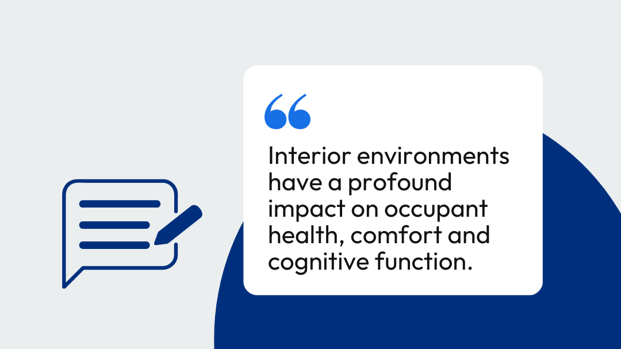Indoor Environmental Quality for Facility Managers
Laurie Gilmer writes about the Indoor Environmental Quality (IEQ) for facility managers in this article for FacilitiesNet.
The article discusses the growing emphasis on Indoor Environmental Quality (IEQ) in facility management, highlighting its impact on occupant health, comfort, and cognitive function. Contrary to initial assumptions that COVID-19 concerns were driving the discussions, the focus has shifted to effective operations and maintenance programs, considering the constraints of existing facilities and the impact of recent wildfires on facility practices.
IEQ encompasses factors such as Indoor Air Quality (IAQ), thermal comfort, acoustic comfort, and visual comfort. In terms of IAQ, the article suggests that increasing outside air levels and using higher-grade filters, like MERV 13, can improve health and cognitive function. However, facility managers face challenges in adapting existing systems to handle increased heating and cooling loads and the pressure drops of higher-grade filters, leading to increased operational costs.
The article also addresses thermal comfort, emphasizing the importance of considering humidity, air speed, and clothing levels in addition to temperature. It highlights the ongoing debate on temperature setpoints, ranging between 68 to 76 degrees, and the impact of humidity levels on health and building components.
Acoustic comfort is a crucial aspect, with measures like sound-masking systems and soundproofing materials to mitigate noise issues, enhancing occupant focus and reducing stress. Visual comfort, focusing on appropriate lighting, lack of glare, and access to daylight and views, is also highlighted as a key consideration for managers.
Ultimately, the interior environment significantly influences occupant well-being and productivity. By addressing and improving IEQ, facility managers contribute to their core responsibility of enhancing the overall productivity of occupants and organizations. The discussion concludes by recommending ASHRAE’s Guideline 44P for managers facing challenges from wildfire smoke, providing a framework for response and action plans related to IEQ.




